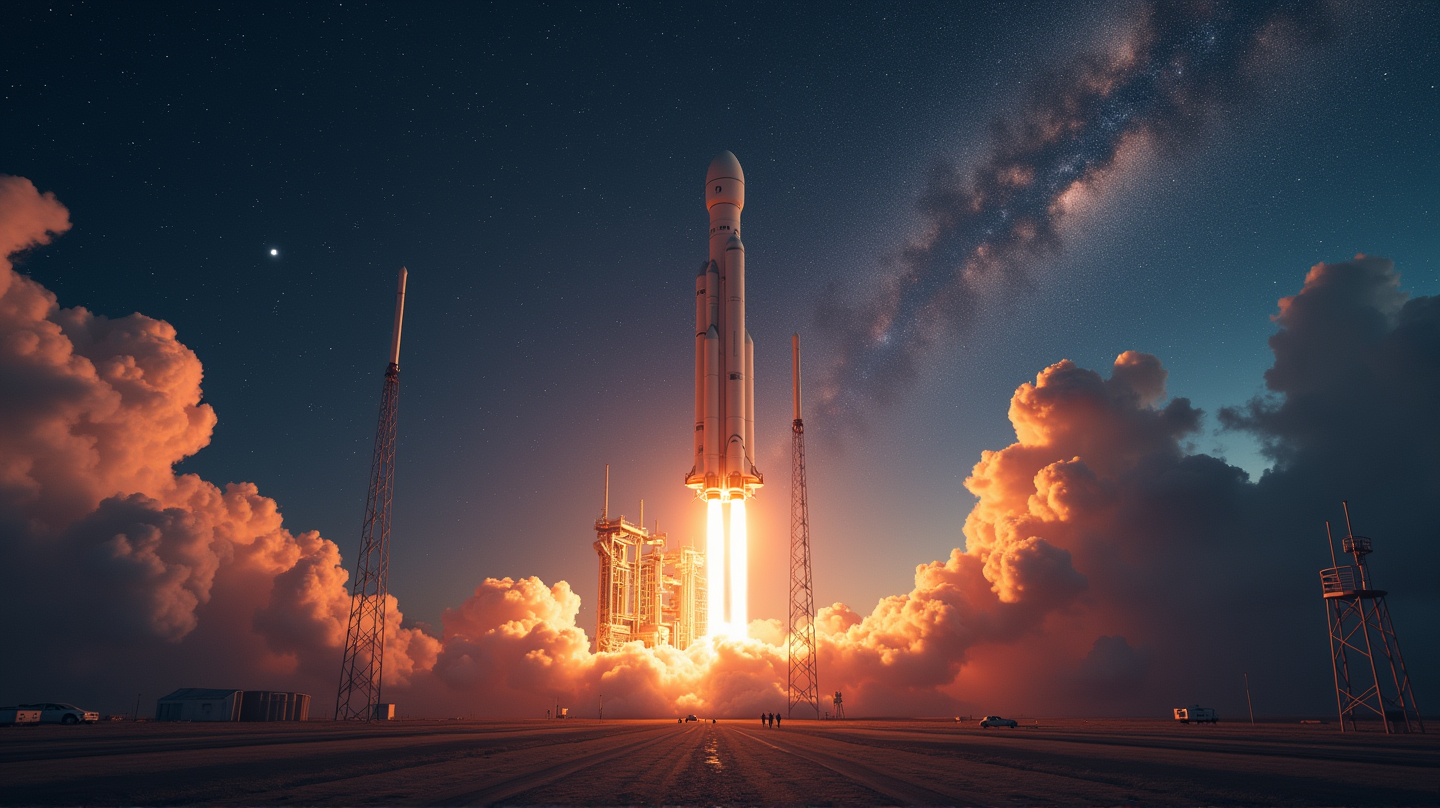NASA's New Contract with SpaceX's Starship: A Gaze into Space Future

NASA has made an impressive leap into the future by adding SpaceX’s mighty Starship to its roster for carrying agency payloads. This monumental decision marks a pivotal point in the pursuit of deep space exploration, as the Starship, built by SpaceX, gears up to support the agency’s ambitious goals.
A Titan Among Rockets
Soaring at an awe-inspiring 403 feet, the Starship outmatches every rocket in history. Already captured in test flights, it has flown eight times from its Starbase in South Texas, pushing the boundaries of reusable space vehicles. As stated in The Daily Galaxy, its recent inclusion in NASA’s Launch Services II contract signals newfound trust in SpaceX’s capabilities.
Trials, Triumphs, and Technological Wonders
Starship’s testing phase has not been without its dramatic moments, including explosive test flights. Despite these fiery setbacks, the Starship’s development has achieved notable milestones, such as the successful reuse of the Super Heavy booster—a feat powered by innovative “chopsticks” catching it mid-air.
NASA’s Visionary Utilization
With Starship now part of NASA’s official roster, the agency outlines bold plans: the lunar Starship is slated for the 2027 Artemis III mission to return astronauts to the Moon. Furthermore, this craft’s versatility could support non-crewed scientific missions and help erect structures in cislunar space.
A Stepping Stone to Mars
Elon Musk, SpaceX’s visionary founder, aspires for Starship to become humanity’s vessel to other worlds. With the newly established NASA contracts, his vision of a Martian destination is another step closer to realization, underscoring the high-stakes partnership between NASA and SpaceX.
NASA, by embracing this high-risk, high-reward strategy, isn’t just planning space missions—it’s sculpting the future of space travel. Imagine, one day, seeing humanity thriving on the Moon or venturing to Mars, all set in motion by today’s decisions and collaborations.

